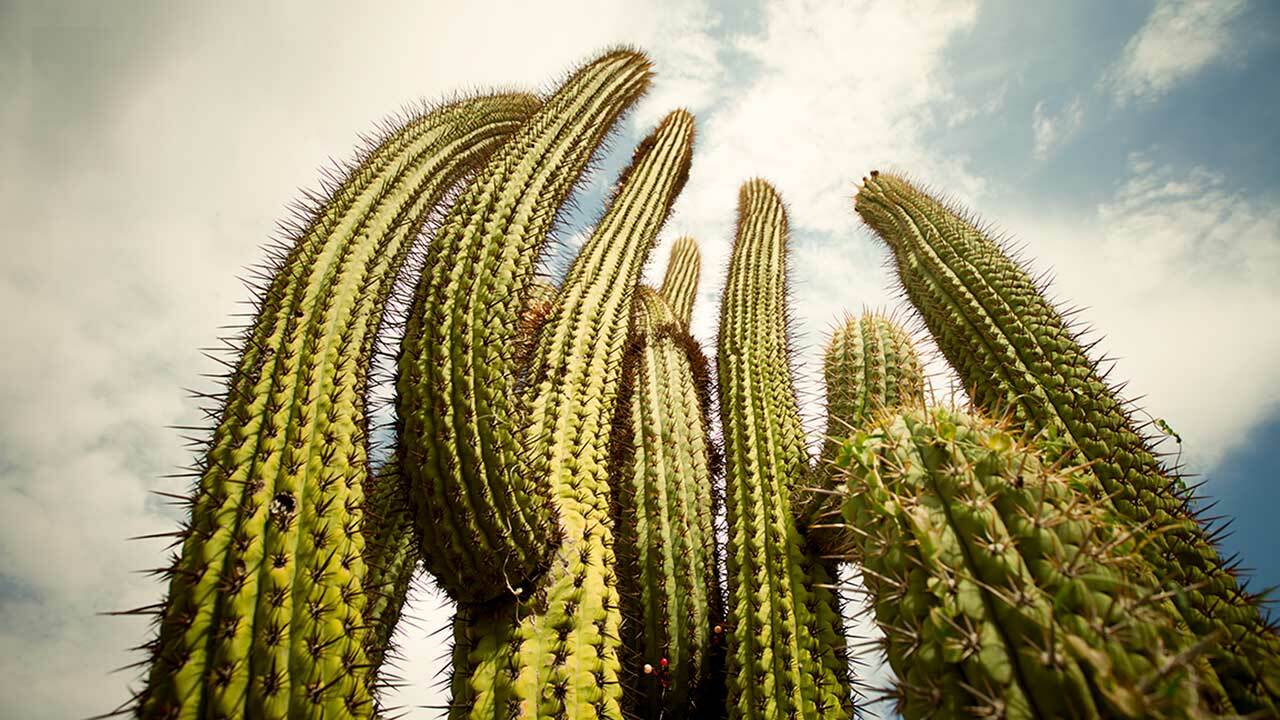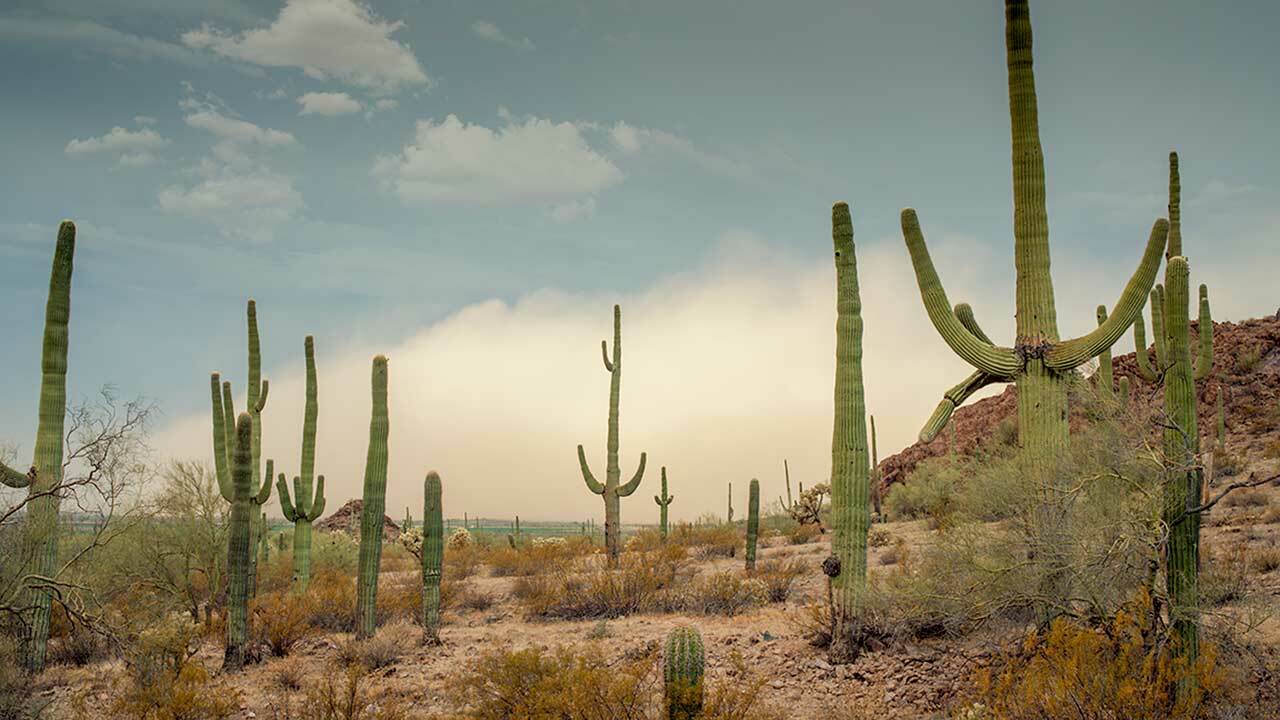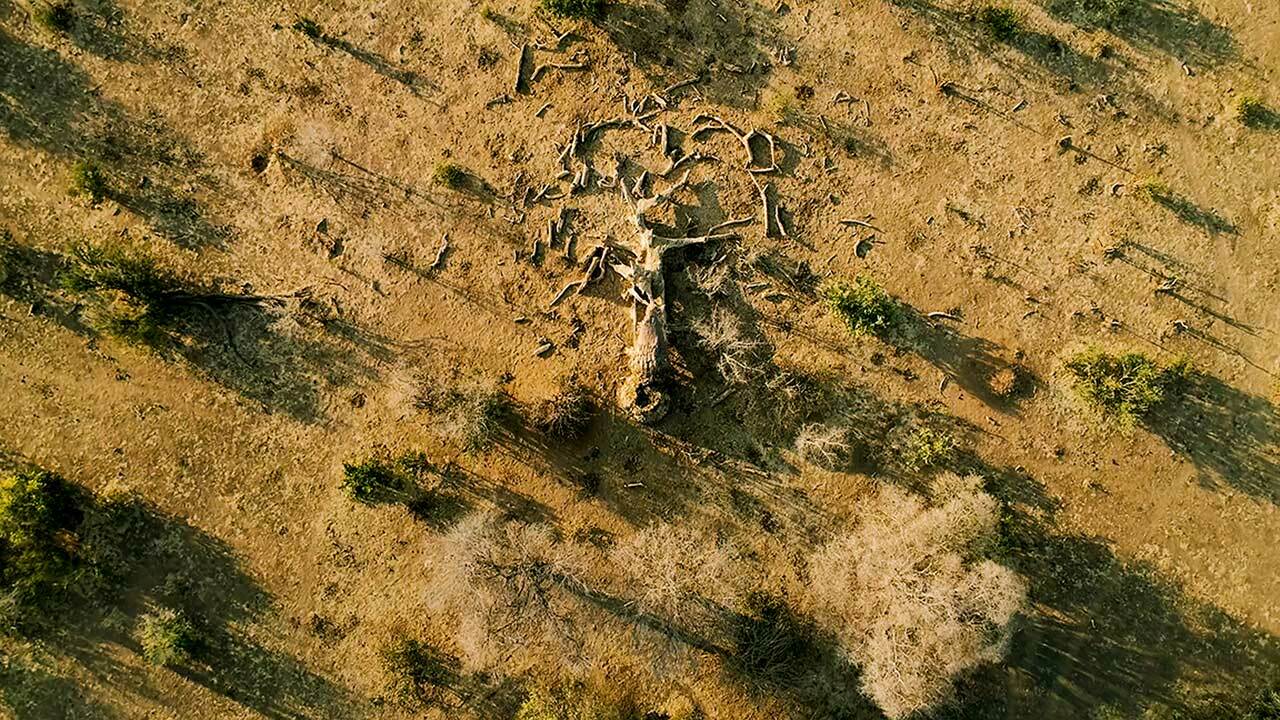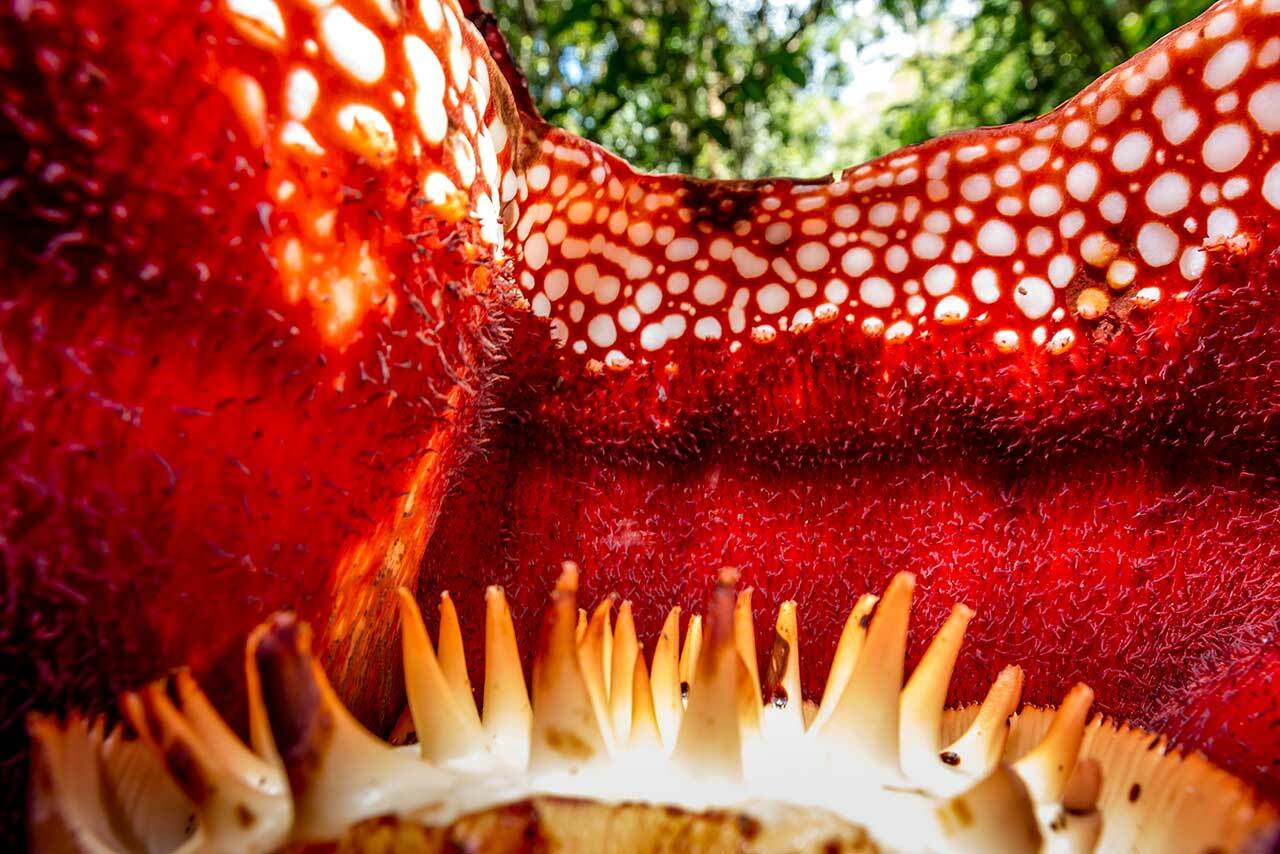
The world is filled with strange plants. There are plants that make their homes in the deserts, existing off of precious little water; plants that live in the rainforest, hidden away in the dense foliage; and even plants that thrive in the aftermath of forest fires.
And then there are just plain weird plants. The Corpse Flower, for instance, is one of the largest flowers in the world – and it smells like rotting flesh. The Marimo Moss Ball is a plant that looks like a fuzzy green ball – and it's popular as a pet in Japan. And the Venus Flytrap is a carnivorous plant that can trap and digest insects.
These are just some of the weirdest and coolest plants in the world. So next time you're looking for something unique, be sure to check out these eight weird and cool flowers–all of which can be seen in PBS’ The Green Planet with Sir David Attenborough, streaming and airing now!
1. Corpse Flower
The Corpse Flower, or Rafflesia, is the largest flower in the world and can grow up to three feet tall. It is native to the tropical rainforest of Sumatra, Indonesia and Malaysia and gets its name from its foul smell, which is similar to that of a rotting corpse. The Corpse Flower only blooms for a few days every few years, but if you're lucky enough to see one in bloom, be careful before you take a sniff! Or just do the next best thing, and let Sir David Attenborough smell one for you; he caught one blooming in the Malaysian rainforest on the slopes of Mount Kinabalu, in Episode One (Tropical Worlds) of The Green Planet.
The Corpse Flower is an amazing plant to see – but you may want to hold your nose while you're doing it!
2. Marimo Moss Ball
Marimo Moss Balls are strange-looking but adorable creatures that are actually algae balls. They are native to Japan and grow in freshwater lakes. Marimo Moss Balls are often kept as pets, kept in fish tanks or bowls of water, and are known to bring good luck! (Plus, they’re a very easy plant to care for.)
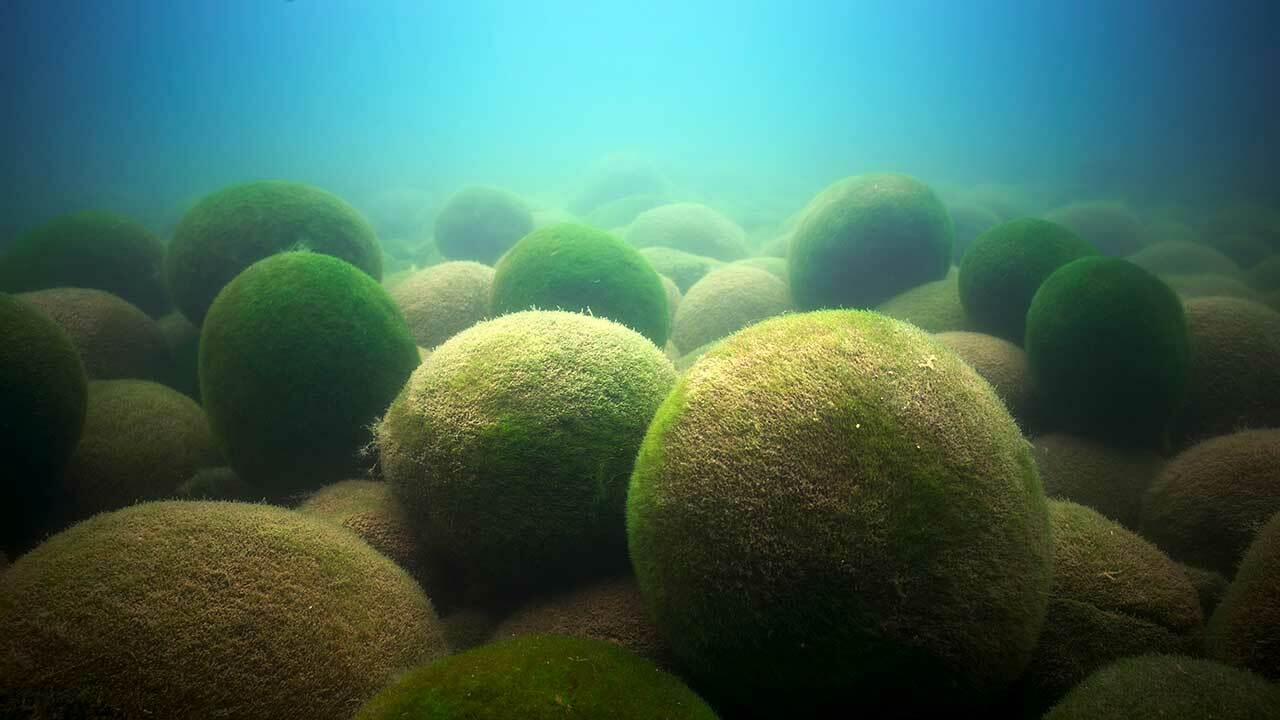
3. Venus Flytrap
The Venus Flytrap, often written as Venus Fly Trap, is another carnivorous plant that traps and eats insects. It is native to the United States, and can be found in North and South Carolina. The Venus Flytrap (Dionaea muscipula) gets its name from the Greek goddess of love, Aphrodite, and the Roman goddess of love, Venus, because of its heart-shaped leaves.
Did you know the Venus Flytrap can count? It can! The Venus Flytrap has tiny sensors on its leaves that allow it to count how many times an insect touches them. Once the sensors are triggered enough times, the leaves of the plant will close around the insect, trapping it inside. Then, the Venus Fly Trap will digest the insect and use it for food!
What do Venus Flytraps Eat?
The Venus Flytrap is a carnivorous plant, which means that it eats insects. The Venus Flytrap gets most of the nutrients it needs from the insects it eats. However, the Venus Flytrap will also eat small mammals, such as rodents and bats!
How Big Can it Get?
The giant Venus flytrap (Dionaea muscipula 'Akai Ryu') is a cultivar of the Venus flytrap that can trap and eat larger prey than the standard Venus flytrap. The giant Venus flytrap can grow up to three feet in diameter.
4. Water Lilies and Lily Pads
Water lilies are beautiful flowers that grow in freshwater ponds and lakes. Their flowers come in many different colors, including white, pink, and blue. Lily pads are the leaves of water lilies, which float on the surface of the water. But don’t let their pretty appearance fool you; the water lily is a ferocious foe, squeezing out other plant life on the water’s surface.
The giant water lily (Victoria amazonica) is the largest water lily in the world. It can grow up to six feet in diameter and has leaves that can support the weight of a small child!
Support your local PBS station in our mission to inspire, enrich, and educate.
5. Bladderwort
Bladderworts are carnivorous plants that trap small aquatic animals in their tiny bladders. They are native to Europe, Asia, and North America. Bladderworts get their name from the Latin word for "bladder."
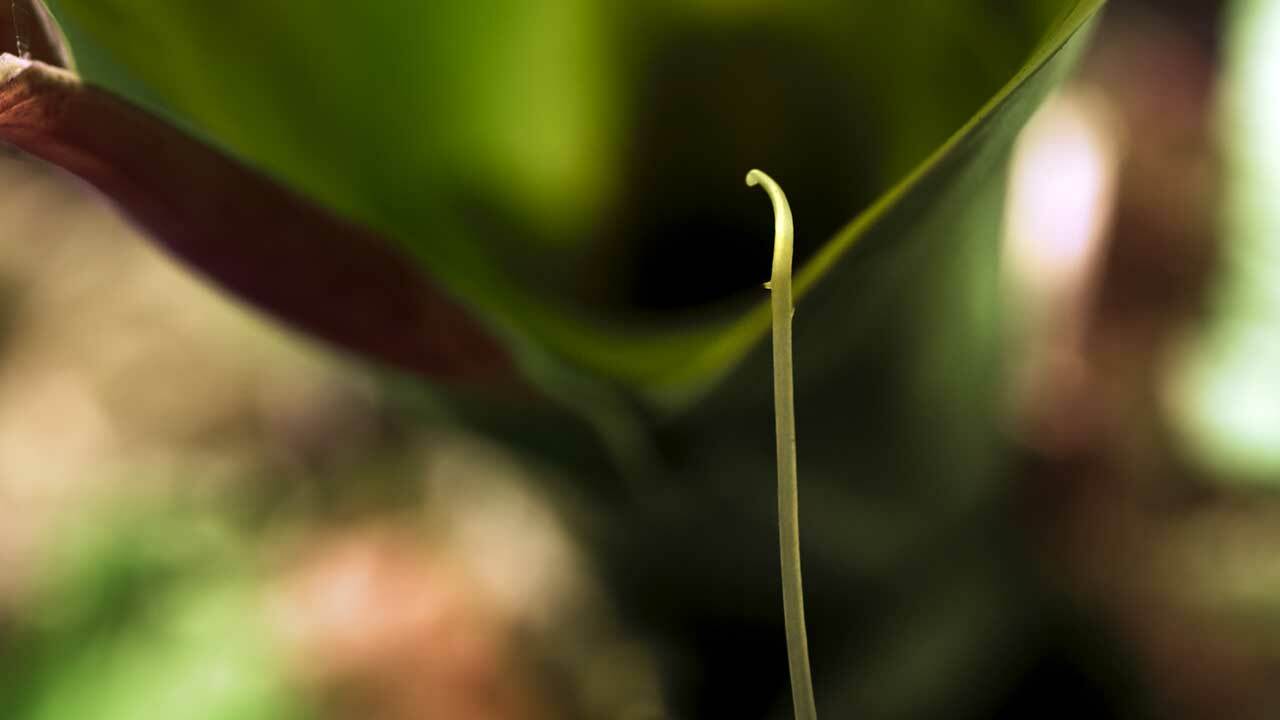
6. Frost Flowers
Frost flowers are actually just thin sheets of ice that form on plant stems when the temperature outside is very cold. They are most commonly found in the Arctic and Antarctic regions. Frost flowers are delicate and beautiful, but they only last for a few days before melting away.
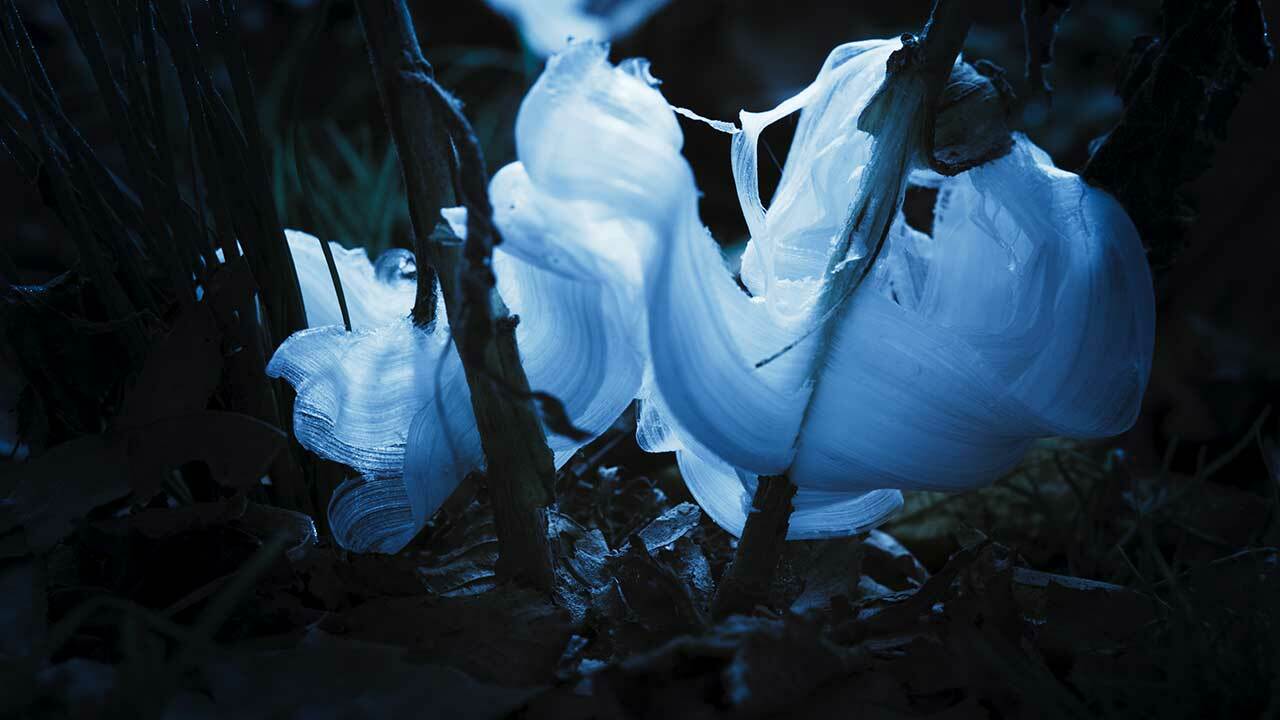
7. Strangler Fig Tree
The strangler fig tree is a type of tree that grows by strangling other trees. It is native to tropical rainforests and can be found across the globe. The strangler fig tree gets its name from its habit of growing around and eventually killing other trees.
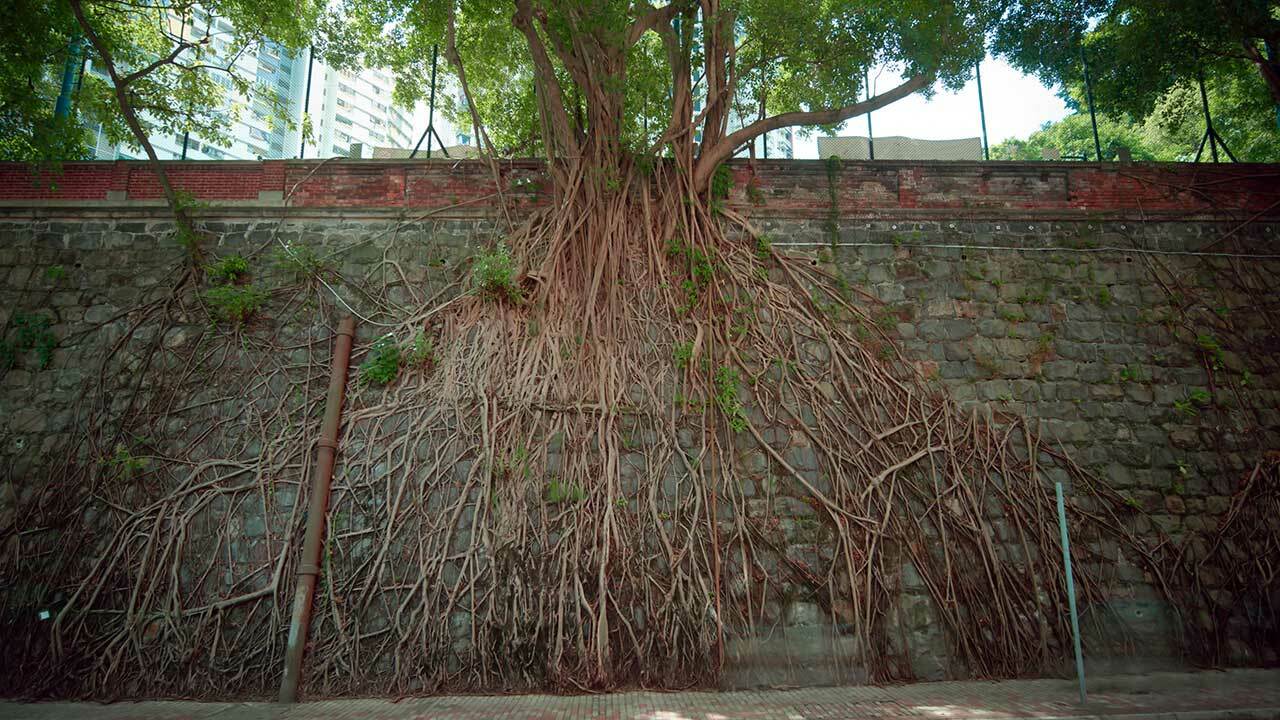
8. Pitcher Plant
The pitcher plant is yet another carnivorous plant that traps insects in its pitcher-shaped leaves. It is native to North America, Europe, and Asia. The pitcher plant gets its name from the Latin word for "pitcher."
But, wait, there’s more. From fire lilies that bloom after forest fires to the short blooming flower of an hour, our green planet is filled with fascinating flowers and other plant life. And you can see it all from your TV or streaming device on The Green Planet, airing and streaming now on PBS, with the famed Sir David Attenborough as your personal tour guide.
This article was researched and compiled by Sandler Digital in collaboration with PBS.

The PBS 'What to Watch' Weekly Newsletter
What to Watch delivers the best shows and content PBS has to offer each week.


